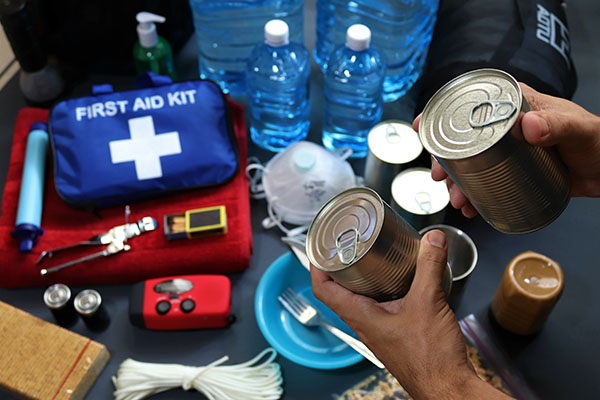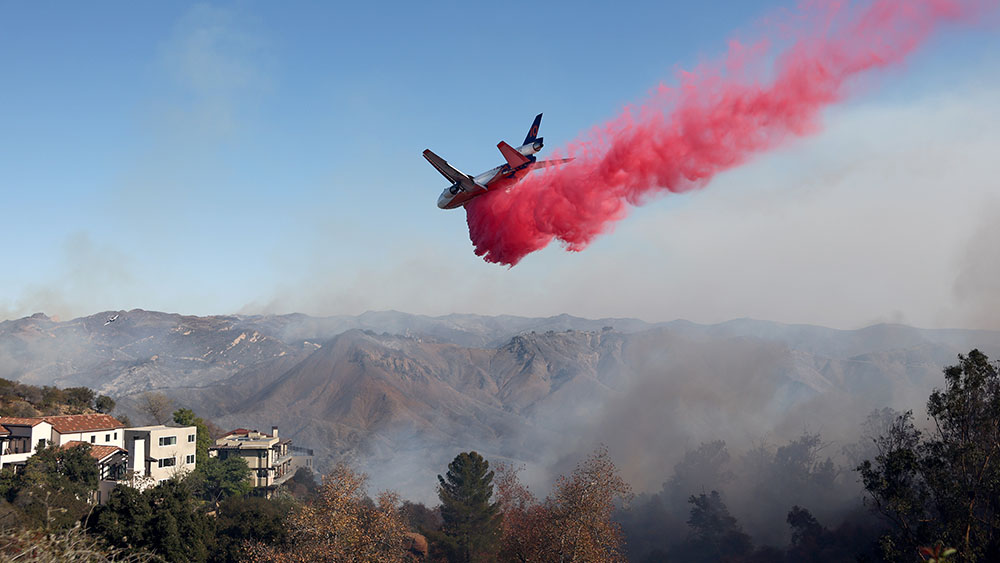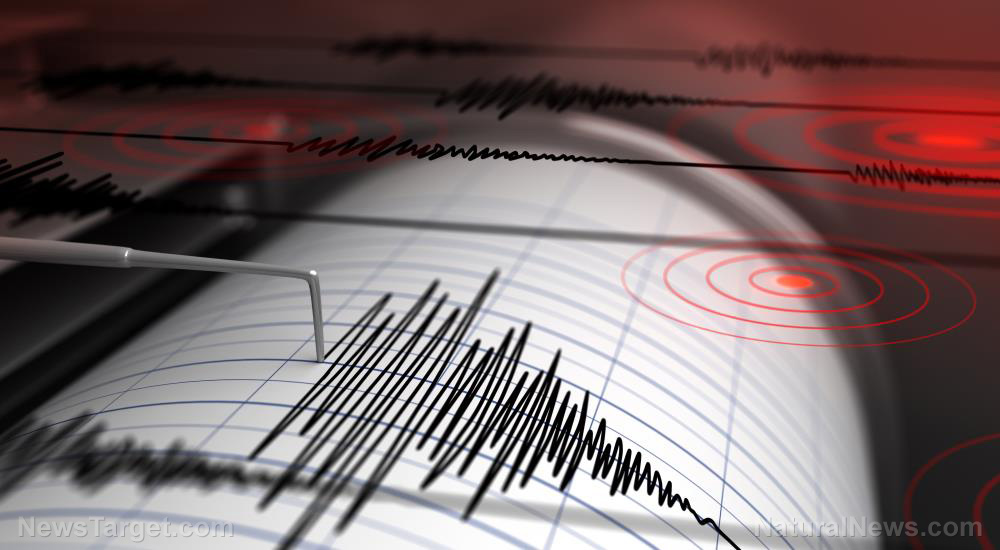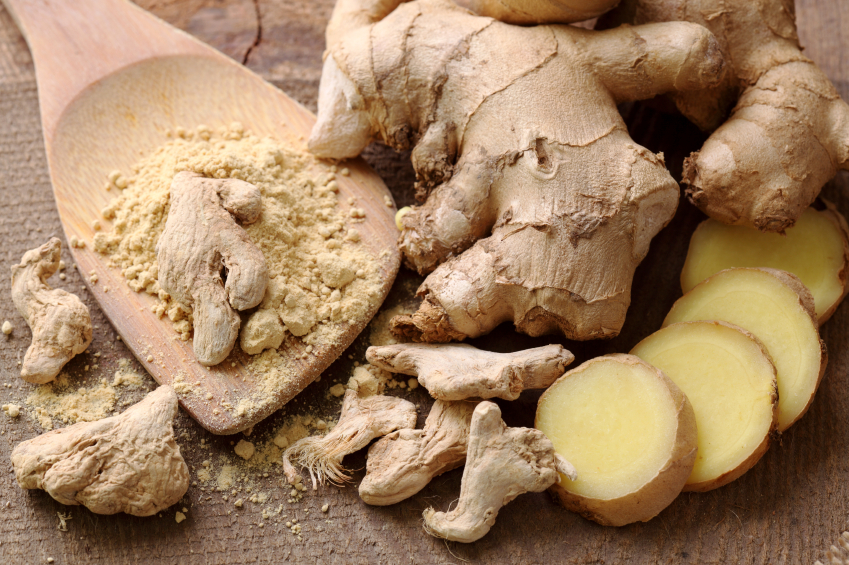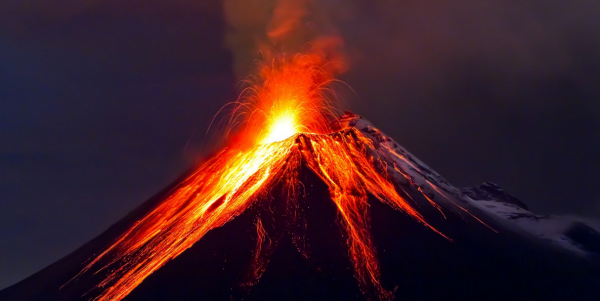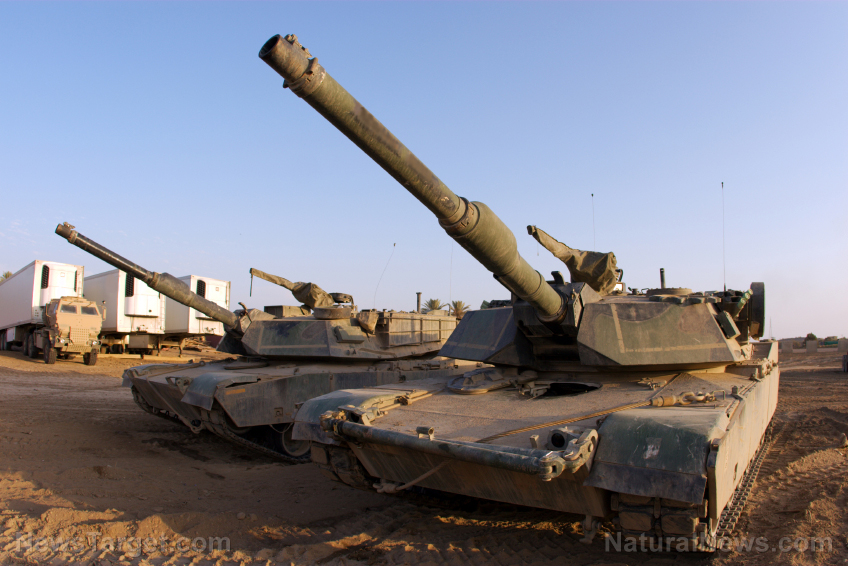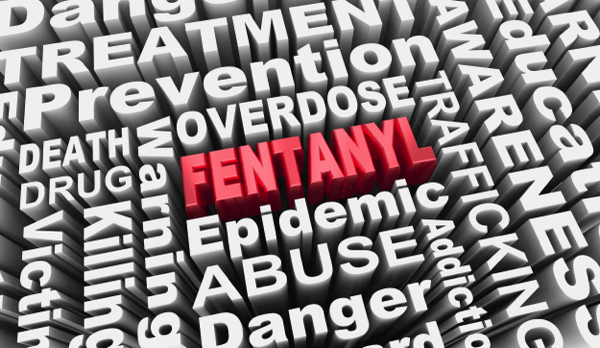"Planetary Survival Manual" offers roadmap for thriving in a resource-constrained world
- Stein's manual focuses on short- and long-term survival strategies, including assembling a 72-hour emergency kit and calculating a year's food supply. He emphasizes practical checklists and storage methods (e.g., dry ice fumigation) for self-reliance in crises.
- The book covers sustainable agriculture ("Grow Biointensive"), foraging, hunting and food preservation techniques (drying, smoking, dairy production) as well as water disinfection methods (filters, chemical treatments) and low-tech water sourcing.
- Stein explores diverse building methods, from log cabins to modern green structures, with attention to earthquake-resistant designs, ensuring durable and safe shelter options in resource-scarce environments.
- The guide details low-tech medicine, herbal remedies and alternative therapies, alongside comprehensive first aid techniques (CPR, injury management) and unconventional approaches like hypnosis for pain control and healing.
- Beyond survival, the book advocates for sustainability in textiles, promoting fiber arts, sustainable clothing materials and traditional tanning methods to reduce environmental impact while maintaining functionality.
"
Planetary Survival Manual: A Guide for Living in a World of Diminishing Resources" by Matthew Stein is not just another survival guide; it is a comprehensive manual for self-reliance and sustainable living. Released at a time when the world is grappling with the realities of environmental change and resource scarcity, Stein's book provides a timely and essential roadmap for individuals seeking to navigate these challenges.
Stein, an engineer, green builder and author known for his previous work "When Technology Fails," brings a wealth of knowledge and a pragmatic approach to the subject. His latest book is designed to equip readers with the tools and knowledge needed to not only survive but thrive in a world where traditional support systems may falter.
At the heart of Stein's philosophy is the concept of preparedness. He emphasizes the critical importance of a 72-hour survival kit, a concept that goes beyond mere hoarding. "This isn't about panic or paranoia," Stein explains. "It's about
being ready for the unexpected. Whether it's a natural disaster, a prolonged power outage or any other emergency, having essentials like food, water and first aid can be life-saving." His book provides detailed checklists and guidelines, ensuring that readers are well-prepared for short-term disruptions.
He delves into the intricacies of long-term planning, offering advice on calculating a year's food supply and providing storage tips such as dry ice fumigation and vacuum packaging. "We need to think beyond the immediate aftermath and consider how we can sustain ourselves and our families over the long term," he says.
Stein's book also covers camping gear in detail, moving beyond the typical weekend adventure. "These tools are essential for adapting to a lifestyle where you might need to rely on them for an extended period," he noted. From tents and sleeping bags to stoves and cookware, Stein provides insights that are both practical and forward-thinking.
Water, the elixir of life, is a central theme in Stein's manual. He discusses various methods of disinfecting water, from heat sterilization to portable filters and chemical treatments. Stein also covers preserving water using silver and finding water in a low-tech manner, ensuring that readers are equipped to handle any water-related challenges.
Food is another critical area of focus. Stein covers sustainable agriculture practices like "Grow Biointensive" techniques, foraging for wild edibles and
tips on hunting and preserving food. His advice ranges from growing your own food to drying, smoking and making dairy products.
Stein explores various building methods, from traditional structures like log cabins and tipis to modern green buildings. He also discusses earthquake resistance techniques, ensuring that shelters are not only sustainable but also safe.
Health is another key component of Stein's guide. He delves into low-tech medicine and healing, covering holistic health movements, herbal remedies and alternative therapies. "Nature has provided us with a pharmacy," he notes. "We need to embrace these natural solutions and take a more holistic approach to health."
First aid is also covered in detail, with a thorough overview of techniques from initial evaluation to CPR and injury management. Stein even includes hypnosis for pain control and healing, offering a unique perspective on mind-body healing.
Finally, Stein discusses clothing and textiles, covering fiber arts, sustainable fibers and traditional tanning methods. "It's about creating a wardrobe that's not only functional but also environmentally friendly," he explains. "We need to think about the impact of our clothing choices and strive for sustainability."
"Planetary Survival Manual" is more than just
a guide for survival; it is a call to action. It encourages readers to take control of their future and embrace a lifestyle that is sustainable and self-reliant. Whether preparing for short-term emergencies or long-term societal changes, Stein's book provides the tools and knowledge needed to thrive.
Learn more about "
Planetary Survival Manual" by watching the video below.
This video is from the
BrightLearn channel on Brighteon.com.
Sources include:
Brighteon.ai
Brighteon.com
 Parler
Parler Gab
Gab